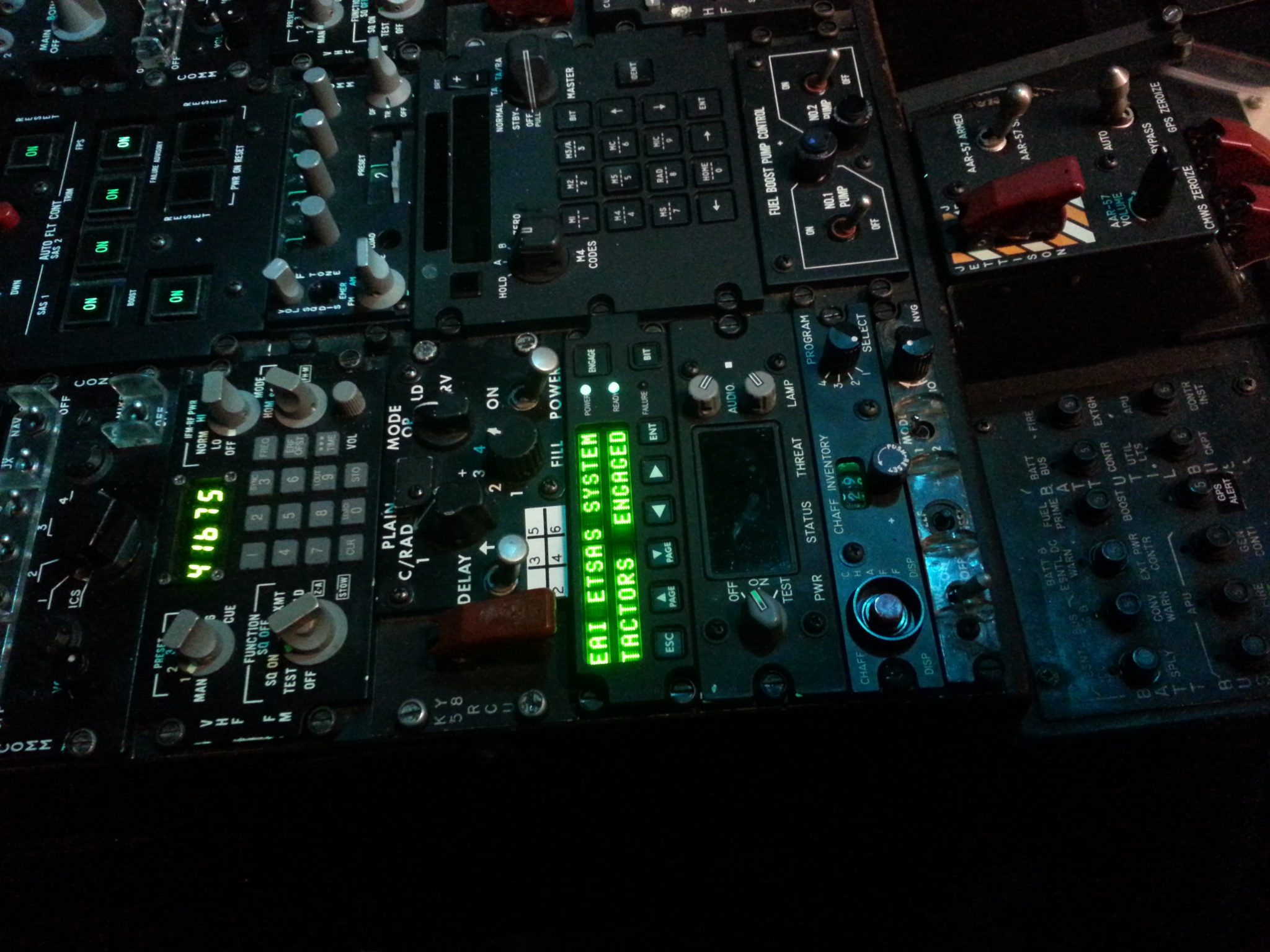
BACKGROUND.
The solution to improving pilots’ situational awareness (SA), especially under difficult operating conditions, lies in the use of tactile cueing for spatial orientation information. Research has shown that tactile pilot cueing is a low cost, mature technology that can play a key role in improving SA in military aircraft.


TACTILE.
The sense of touch is intrinsically linked with the neuro-motor channel of the brain, both at the reflex and higher cognitive regions. This makes it intuitively tied to orientation and localization. “Body referenced” tactile information, presented on the torso, requires no spatial translation and can naturally represent orientation to the user. The sense of touch does not compete with visual and auditory channels, and therefore offers a pathway to reduce workload and cognitive bottlenecks.
FEATURED.
eTSAS was featured on Pentagon TV for Situational Awareness

TACTILE CUEING.
During hover flight, location of the tactile cue on the torso is used to indicate direction of helicopter drift, and a tactile activation pulse pattern is used to indicate magnitude of the helicopter drift. Altitude warning information is presented to the upper leg via the tactile actuators in the seat cushion.
TAKE A CLOSER LOOK
The Enhanced Tactile Situational Awareness System (eTSAS) is an advanced situational awareness (SA) tool that uses the sensory channel of touch to provide situational awareness information to pilots

Equipment
eTSAS Avionics Unit
Contains the processor and MIL-STD-1553 or ARINC 429 interface, and a Cockpit Control Unit (CCU) for the pilot user interface.
Advanced Tactile Array (ATA) Belt
Comprises multiple tactile actuators (“tactors”) and integrated electronics capable of delivering a variety of precise and salient sensations even through layers of clothing.
Testimonials
“In 21 years of flying blackhawks, this technology represents the most novel, intuitive and easily integrated technologies that I have ever seen and really frankly don’t know how we have been flying fixed wing and helicopters for so many years without this type of display.”
U.S Army Test Pilot
“My overall comment in its current configuration, I would take it as it is, as a field piece of equipment over nothing at all.”
U.S Army Test Pilot
“[The] TSAS cues became much more critical in the DVE environment where I didn’t have visual cues.”
U.S Army Test Pilot
“… It did increase my performance, in addition to the main objective of the increase of situational awareness. I think at the end of the day flight it was traffic out the left at a hover in the LZ, and I found myself looking over and realized I was at a pretty good aft left side and everyone was looking left and we were sliding in the left in the LZ. Situational awareness wise it definitively increased [performance]”
U.S Army Test Pilot




